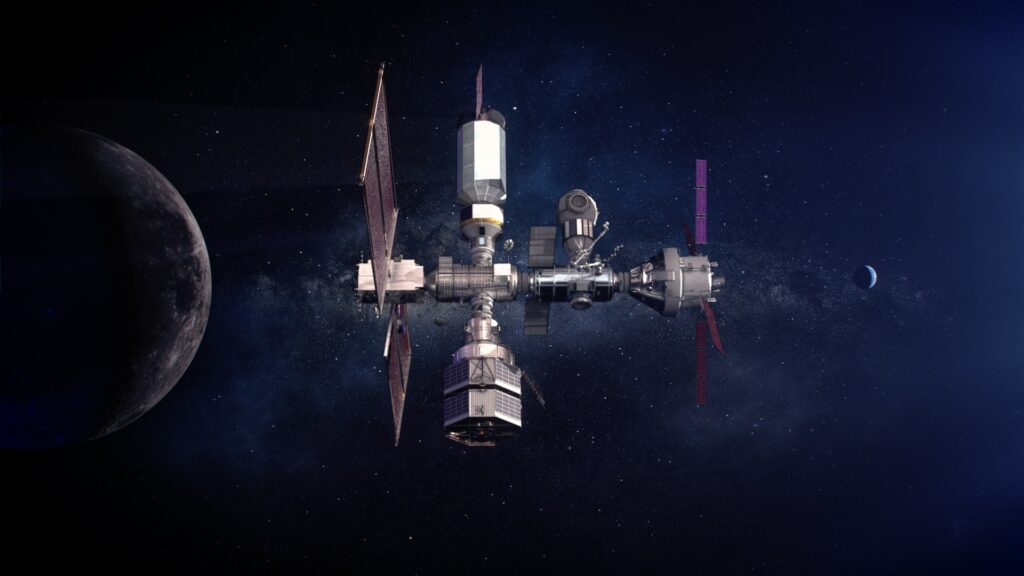The two space agencies, American and European, have signed an agreement for the creation of an outpost in space to be used during the Artemis project that will bring man back to the moon
Artemis is the Greek name of Artemis, goddess of hunting, and twin sister of Apollo. Artemis is also the name given by NASA for the new mission that will bring man back to the Moon, after the success of the Apollo mission. The project is actively engaging the American agency that in the meantime plans to dismantle the outdated ISS (International Space Station). Government agencies are also working with private companies, including Elon Musk’s SpaceX, to optimize vectors, fuels and other key aspects, such as data transmission methods. A milestone in the upcoming space missions is the construction of the new Gateway, an outpost in space that will serve as a foothold for missions to the moon or deeper space.
The construction should start in 2024 and will see the collaboration of NASA and ESA. The Gateway will be one-sixth the size of the ISS and will be assembled directly in space using pre-launched modules. Unlike the ISS, which orbits the Earth, the Gateway will be built at one of the so-called Lagrange points, a point where the attraction of the Earth and the Moon are balanced. According to the agreement, the ESA will produce the housing, supply and communication technology modules. Once finished, the Gateway will be available for both international partners and private companies.
Thomas Zurbuchen, associate administrator for the Science Mission Directorate at NASA Headquarters in Washington: “Science will play a critical role in the Artemis program. Between NASA’s HERMES and ESA’s ERSA, these and future payloads on the Gateway will help us learn more about space weather and protecting astronauts even as our work to land commercial payloads on the Moon helps advance lunar science and human exploration on the surface of the Moon”. Dan Hartman, Gateway program manager at NASA’s Johnson Space Center in Houston: “The Gateway will enable sustained Artemis operations while also serving as a catalyst for research and demonstrating new technologies, taking advantage of the unique environment in lunar orbit. ESA’s impactful contribution will enable longer crew duration stays around the Moon and provide unique capabilities necessary to support its operations”.
